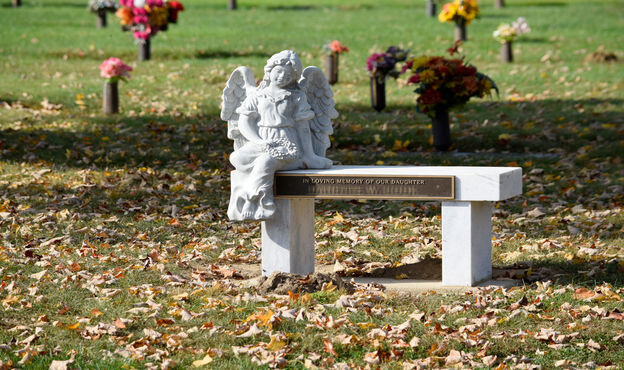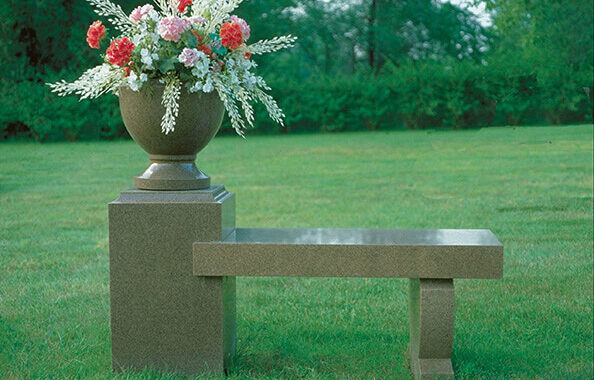Graveside benches, also known as granite memorial benches or headstone benches, often stand as silent sentinels amidst the somber beauty of cemeteries. These sturdy fixtures serve as more than mere adornments; they offer visitors a place for reflection, solace, and remembrance. However, the question of whether one should actually sit on these benches remains a topic of debate among cemetery-goers and etiquette enthusiasts alike.
Granite benches are a common sight in cemeteries, blending seamlessly with the solemn atmosphere. Crafted from durable granite, they are designed to withstand the test of time, serving as enduring tributes to the departed. Yet, despite their inviting appearance, some individuals hesitate to take a seat out of respect for the deceased and their families.
For many, the decision to sit on a cemetery bench hinges on a delicate balance of reverence and personal comfort. While some see it as a gesture of respect to refrain from using the bench as a casual resting spot, others view it as a practical amenity intended for visitors to find solace and contemplation amidst the tranquil setting of the graveyard.
Proponents of sitting on headstone benches argue that these fixtures are meant to be utilized for their intended purpose. They believe that enjoying a quiet moment of reflection on a cemetery bench can be a meaningful way to connect with the memories of loved ones and pay homage to the lives they lived. Moreover, they emphasize that the presence of benches in cemeteries implies an invitation for visitors to pause and reflect, rather than merely passing through.

graveside benches
On the other hand, opponents of sitting on graveside benches express concerns about the potential for disrespect or disruption to the solemn atmosphere of the cemetery. They worry that treating cemetery benches as casual seating detracts from the sacredness of the space and may cause discomfort to other visitors or the families of those interred nearby.
Navigating the etiquette of granite memorial benches requires sensitivity and awareness of the individual preferences of both visitors and the families of the deceased. Some cemeteries may have specific guidelines regarding the use of benches, while others leave the decision to visitors’ discretion. In cases where families have placed benches as a personal memorial, it’s advisable to err on the side of caution and refrain from using them unless explicitly invited to do so.
Ultimately, the decision to sit on a headstone bench is a deeply personal one, guided by individual beliefs, cultural norms, and a profound sense of reverence for the deceased. While some may find solace in taking a moment to rest and reflect, others may prefer to pay their respects from a standing position. Whatever one’s choice may be, the most important consideration is to approach cemetery benches with mindfulness and respect for the sacredness of the space they occupy.

